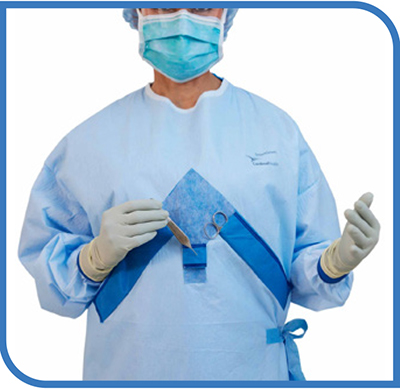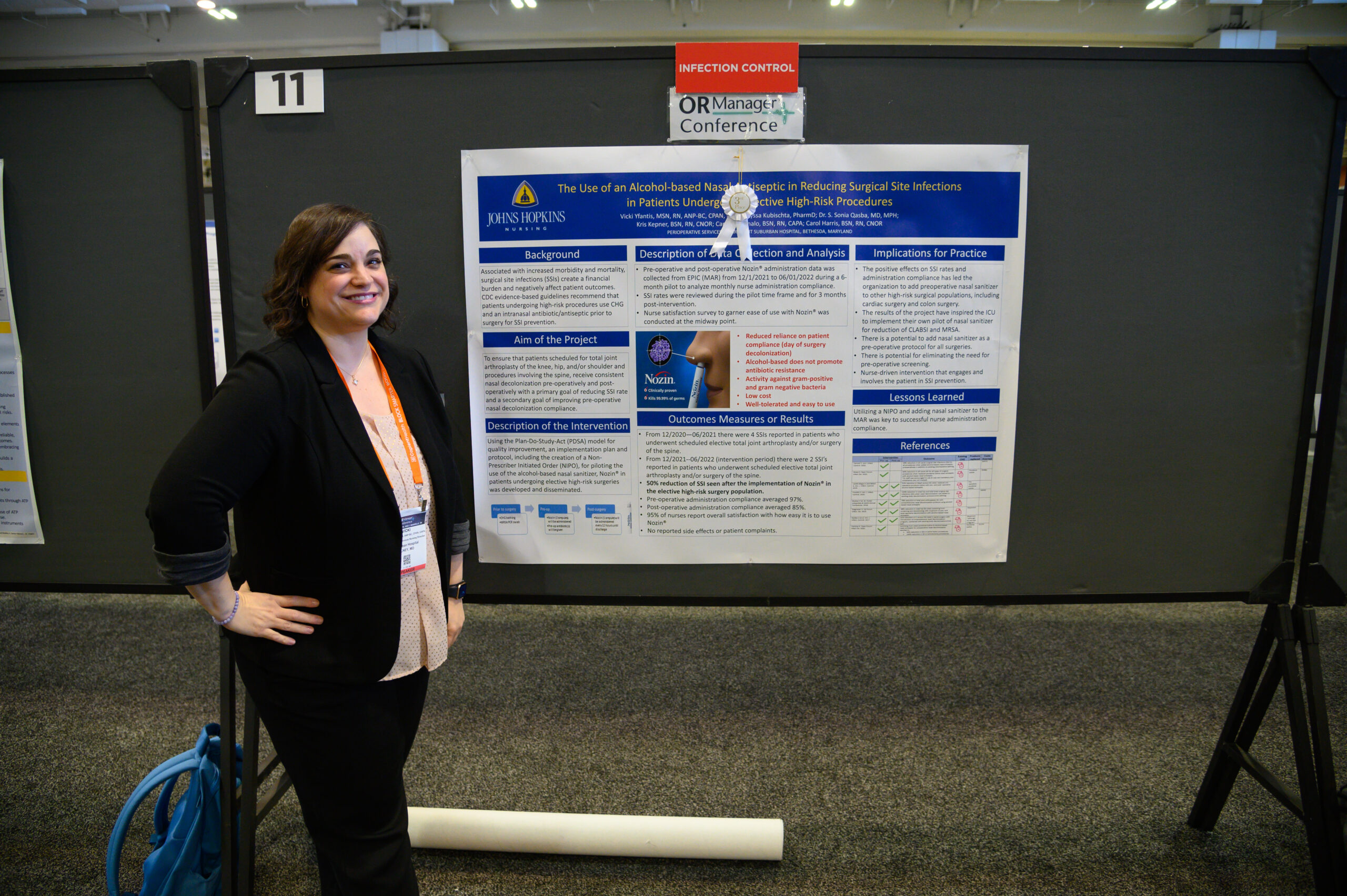Breaking down the surgical gown: Disposable versus reusable, latest innovations

There is movement happening in the world of surgical gowns. It is driven in part by the COVID-19 pandemic, which brought new focus to the need for adequate stockpiles of personal protective equipment (PPE)—and for PPE that works as intended. Staff need to know their gowns incorporate the latest technology…
Iodine povacrylex outperforms chlorhexidine in skin antisepsis alcohol solution study

Editor's Note A recent study shows show skin antisepsis with iodine povacrylex in alcohol could result in fewer surgical-site infections among patients with closed extremity fractures than antisepsis with chlorhexidine gluconate in alcohol. Published February 1 in the New England Journal of Medicine, the study shows similar results between the…
FDA announces urgent chest drain recall
Editor's Note The FDA has announced a recall of the Atrium Express Dry Suction Dry Seal Chest Drain, a disposable device used to remove air and/or fluid from the chest cavity or mediastinum and to aid in lung expansion and breathing. The drain is being recalled by maker Maquet Cardiovascular,…
Surgeons design implant coating to combat infections

Editor's Note: A point-of-care, antimicrobial coating for orthopedic implants could soon make implant-associated infections a problem of the past, UCLA Health reported on January 3. Developed by two UCLA surgeons, the coating is designed to kill or slow the spread of micro-organisms in order to prevent post-surgical infections. According to…
Study: Hospital surfaces ridden with bacteria despite disinfection protocols
Editor's Note: Adherence to routine disinfection procedures may not be enough to prevent potentially harmful bacterial contamination of high-touch hospital surfaces, according to findings published January 10 in the American Journal of Infection Control. Manikins, bed rails, and workstations-on-wheels were the most contaminated surfaces. The study involved sampling and culturing…
New COVID-19 surge led by JN.1 variant raises alarm amid 'tripledemic,' recent CDC data

Editor's Note Many people have reportedly been experiencing cold-like symptoms this winter, which have often been attributed to “some bug”; however, there’s a strong chance these symptoms were due to a new surge of COVID-19, Wired January 10 reports. There’s a new, large global surge in daily COVID-19 infections currently…
Moderna mRNA RSV vaccine proves effective for older adults
Editor’s note Moderna’s mRNA-based RSV vaccine is effective in preventing RSV-associated lower-respiratory tract disease in adults aged 60 an older, according to randomized phase II-III trial results published December 14 in The New England Journal of Medicine. Results also confirmed the safety of a single dose of the vaccine, researchers…
OR Manager Conference third place poster winner showcases impactful program from 2023

From highlighting the need for better preoperative nasal decolonialization to touting the success of personalized pediatric behavioral health interventions, the posters on display at the 2023 OR Manager Conference highlighted the exceptional work of clinicians in 2023. Poster: “Use of Alcohol-Based Nasal Antiseptic in Reducing Surgical Site Infections in Patients…
Predicting the pathogen behind the next pandemic
Editor's Note Scientists are focusing on the next group of pathogens that could cause a pandemic and are zeroing in on paramyxovirus—a family of single-stranded RNA viruses—The Atlantic October 29 reports. According to the Coalition for Epidemic Preparedness Innovations, paramyxovirus is known to cause Hendra virus, measles, mumps, Nipah virus,…
CDC launches new program to strengthen sepsis survival, recovery
Editor's Note The Centers for Disease Control and Prevention, on August 24, announced the launch of a new program to strengthen survival and recovery rates for sepsis patients, called the “Hospital Sepsis Program Core Elements.” The program is aimed at helping hospitals implement, monitor, and optimize sepsis programs and improve…

 Free Daily News
Free Daily News